
Gertrude Stein was an American novelist, poet, playwright, and art collector. Born in Allegheny, Pennsylvania, and raised in Oakland, California, Stein moved to Paris in 1903, and made France her home for the remainder of her life. She hosted a Paris salon, where the leading figures of modernism in literature and art, such as Pablo Picasso, Ernest Hemingway, F. Scott Fitzgerald, Sinclair Lewis, Ezra Pound, Sherwood Anderson and Henri Matisse, would meet.
Magic realism or magical realism is a style of literary fiction and art. It paints a realistic view of the world while also adding magical elements, often blurring the lines between fantasy and reality. Magic realism often refers to literature in particular, with magical or supernatural phenomena presented in an otherwise real-world or mundane setting, commonly found in novels and dramatic performances. Despite including certain magic elements, it is generally considered to be a different genre from fantasy because magical realism uses a substantial amount of realistic detail and employs magical elements to make a point about reality, while fantasy stories are often separated from reality. Magical realism is often seen as an amalgamation of real and magical elements that produces a more inclusive writing form than either literary realism or fantasy.

Charles-Marie Gustave Le Bon was a leading French polymath whose areas of interest included anthropology, psychology, sociology, medicine, invention, and physics. He is best known for his 1895 work The Crowd: A Study of the Popular Mind, which is considered one of the seminal works of crowd psychology.
Elliot Harold Paul was an American journalist and writer.

The Autobiography of Alice B. Toklas is a book by Gertrude Stein, written in October and November 1932 and published in 1933. It employs the form of an autobiography authored by Alice B. Toklas, her life partner. In 1998, Modern Library ranked it as one of the 20 greatest English-language nonfiction books of the 20th century.
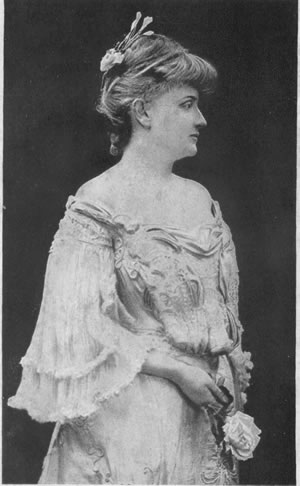
Gertrude Franklin Horn Atherton was an American writer. Many of her novels are set in her home state of California. Her bestselling novel Black Oxen (1923) was made into a silent movie of the same name. In addition to novels, she wrote short stories, essays, and articles for magazines and newspapers on such issues as feminism, politics, and war.
Robert Myron Coates was an American novelist, short story writer and art critic. He published five novels; one classic historical work, The Outlaw Years (1930) which deals with the history of the land pirates of the Natchez Trace; a book of memoirs, The View from Here (1960), and two travel books, Beyond the Alps (1962) and South of Rome (1965). During his unusually varied career, Coates explored many different genres and styles of writing and produced three highly remarkable experimental novels, The Eater of Darkness (1926), Yesterday’s Burdens (1933) and The Bitter Season (1946). Highly original and experimental, these novels draw upon expressionism, Dadaism and surrealism. His last two novels—Wisteria Cottage (1948) and The Farther Shore (1955)—are examples of crime fiction. Simultaneously to working as a novelist, Coates maintained a life-long career at the New Yorker, whose staff he joined in 1927. The magazine printed more than a hundred of his short stories many of which were collected in three anthologies; All the Year Round (1943), The Hour after Westerly (1957) and The Man Just ahead of You (1964). Also, from 1937 to 1967, Coates was the New Yorker’s art critic and coined the term “abstract expressionism” in 1946 in reference to the works of Hans Hofmann, Arshile Gorky, Jackson Pollock and Willem de Kooning and others. He was elected to the National Institute of Arts and Letters in 1958. Coates was married to sculptor Elsa Kirpal from 1927 to 1946. Their first and only child, Anthony Robertson Coates, was born on March 4, 1934. In 1946, they divorced and Coates married short story writer Astrid Meighan-Peters. He died of cancer of the throat in New York City on February 8, 1973.
20th-century French literature is literature written in French from 1900 to 1999. For literature made after 1999, see the article Contemporary French literature. Many of the developments in French literature in this period parallel changes in the visual arts. For more on this, see French art of the 20th century.
William Edwards Cook was an American-born expatriate artist, architectural patron, and long-time friend of American writer Gertrude Stein. Following his 1903 departure from the U.S., Cook resided in Paris, Rome, Russia, and on the island of Majorca, in the Balearic Islands off the eastern coast of Spain. Today he is chiefly remembered not for his artistic achievements, but because, during World War I, he taught Stein to drive an automobile so that she could contribute to the French war effort, and because, in 1926, he commissioned the Swiss architect Le Corbusier to design an innovative cubist home, on the outskirts of Paris, now called Maison Cook or Villa Cook.

Gertrude Caton Thompson, was an English archaeologist at a time when participation by women in the discipline was uncommon. Much of her archaeological work was conducted in Egypt. However, she also worked on expeditions in Zimbabwe, Malta, and South Arabia. Her notable contributions to the field of archaeology include creating a technique for excavating archaeological sites and information on Paleolithic to Predynastic civilizations in Zimbabwe and Egypt. Caton Thompson held many official positions in organizations such as the Prehistoric Society and the Royal Anthropological Institute.
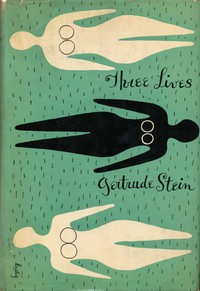
Three Lives (1909) is a work of fiction written in 1905 and 1906 by American writer Gertrude Stein. The book is separated into three stories, "The Good Anna," "Melanctha," and "The Gentle Lena."
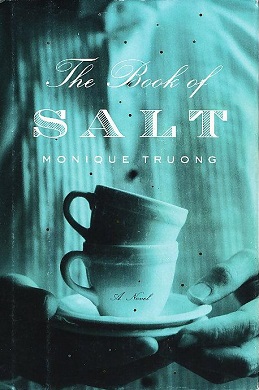
The Book of Salt is a 2003 debut novel by Vietnamese-American author Monique Truong.
Georges Limbour was a French writer, poet and art critic, and a regent of the Collège de 'Pataphysique.

Women Surrealists are women artists, photographers, filmmakers and authors connected with the surrealist movement, which began in the early 1920s.

Eileen Forrester Agar was an Argentine-British painter and photographer associated with the Surrealist movement.

Ida A Novel is a novel by Gertrude Stein, first published in 1941.
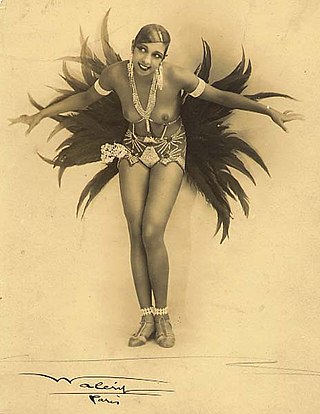
The Années folles was the decade of the 1920s in France. It was coined to describe the social, artistic, and cultural collaborations of the period. The same period is also referred to as the Roaring Twenties or the Jazz Age in the United States. In Germany, it is sometimes referred to as the Golden Twenties because of the economic boom that followed World War I.
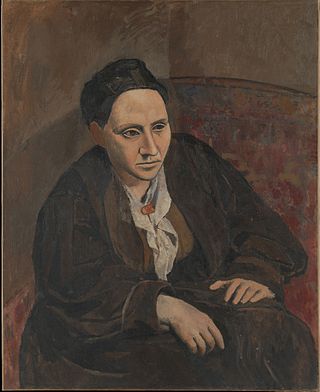
Portrait of Gertrude Stein is an oil-on-canvas painting of the American writer and art collector Gertrude Stein by Pablo Picasso, which was begun in 1905 and finished the following year. The painting is housed in the Metropolitan Museum of Art in New York. It is considered one of the important works of Picasso's Rose Period. The portrait has historical significance, due to the subject's role in Picasso's early life as a struggling artist and eventual commercial success. It also represents a significant transitional step in the artist's move towards Cubism.

Young Girl with a Flower Basket is a 1905 oil on canvas painting by Pablo Picasso from his Rose Period. The painting depicts a Parisian street girl, named "Linda", whose fate is unknown. It was painted at a key phase in Picasso's life, as he made the transition from an impoverished bohemian at the start of 1905 to a successful artist by the end of 1906. The painting is listed as one of the most expensive paintings, after achieving a price of $115 million when it was sold at Christie's on 8 May 2018. It is currently the fourth highest selling painting by Picasso.
Writers in Paris in the 1920s refer to the American expatriate writers in Paris in the 1920s. They created literary works and movements that influence the global literary landscape to date. During the 1920s, political, economic, and social issues shaped the inspiration behind many of the writers in Paris. The American writers in Paris in the 1920s are referred to as the Lost Generation.













